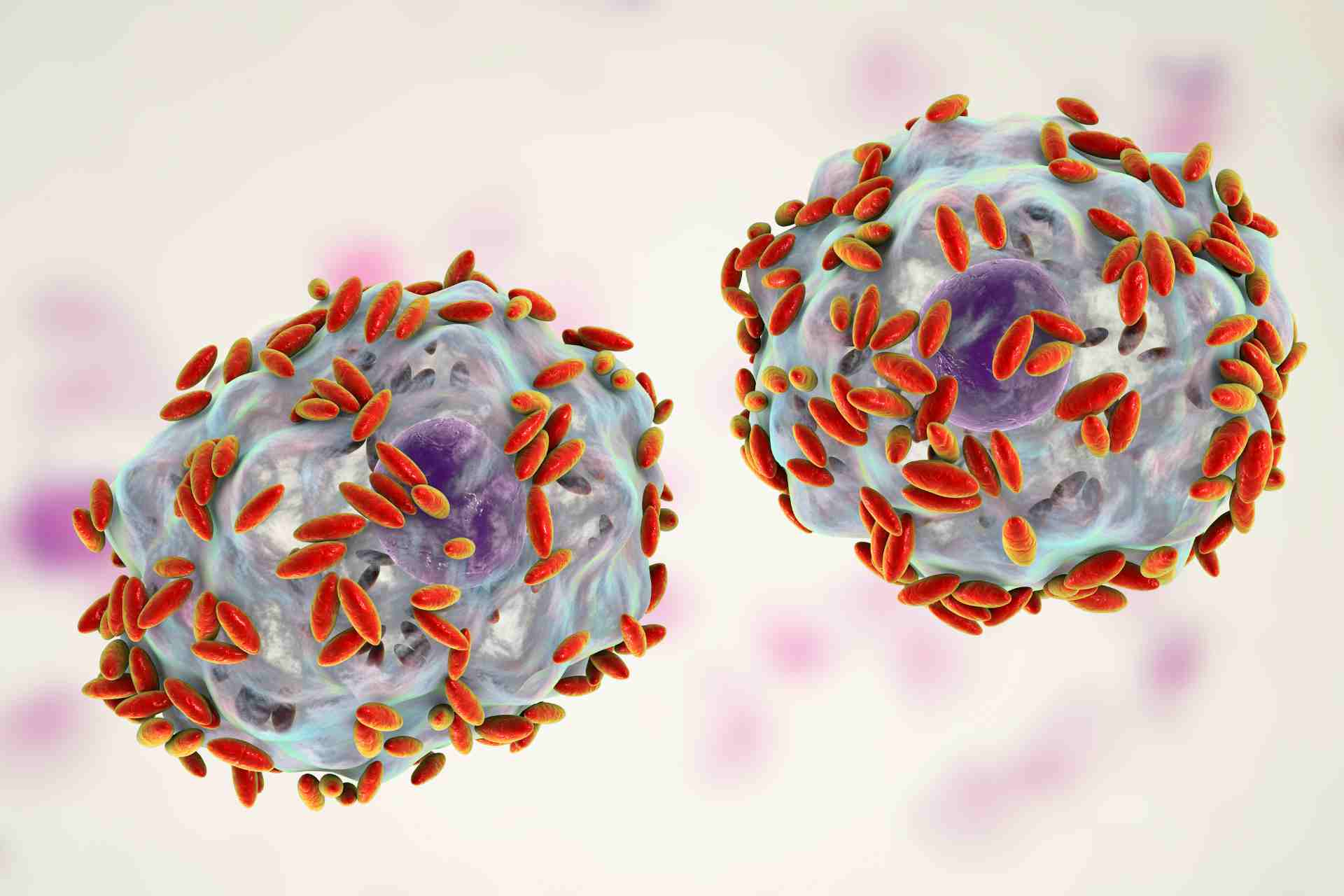What is already known
Microorganisms that exit or enter the male urogenital tract cross the urethra, but it’s unclear if the urethra of healthy men has a characteristic microbiota that contributes to health or disease.
What this research adds
Researchers analyzed urethra swabs from 110 healthy men. Most men had a simple urethral microbiota, dominated by Streptococcus and Corynebacterium species. Some men also had a more complex secondary microbiota composed of microbes that are typically found in the vagina and are associated with vaginal disease. The likelihood of detecting these bacteria, which include Gardnerella vaginalis, was elevated in men who reported having vaginal sex. Vagina-associated bacteria remained detectable in men for at least two months after vaginal sex.
Conclusions
The results suggest that vaginal bacteria can spread to the urinary tract of men and reshape the male urethral microbiota. The findings also establish a healthy baseline that could allow clinicians to understand bacteria’s role in diseases of the urethra.
Scientists have known that the urethra of healthy men isn’t sterile, but it’s unclear whether it has a characteristic microbiota that contributes to health or disease. Now, researchers have found that men who have vaginal sex show a characteristic urethral microbiota composed of several bacteria normally found in the vagina.
The results, published in Cell Reports Medicine, suggest that vaginal bacteria can spread to the urinary tract of men and reshape the male urethral microbiota. The findings also establish a healthy baseline that could allow clinicians to understand bacteria’s role in diseases of the urethra.
Previous studies have shown that microorganisms that exit or enter the male urogenital tract cross the urethra, but the origin of the urethral microbiota are mysterious. To address this question, researchers led by Qunfeng Dong at Loyola University Chicago and David Nelson at Indiana University School of Medicine set out to collect and analyze urethra swabs from 110 adult men.
Urethral microbes
Study participants had neither sexually transmitted infections nor signs of inflammation of the urethra. In the urethral swab samples, the researchers detected 117 different bacterial species and 26 viruses.
Streptococcus mitis, a Lactobacillus that produces lactic acid, accounted for about 24% of the urethral bacteria. Most men had a simple urethral microbiota, dominated by Streptococcus, including S. mitis, Lactobacillus and Corynebacterium species.
However, nearly 20 samples yielded DNA sequences from few or no microorganisms. “This suggested that the urethral microbiome is sparse or absent in some men,” the researchers say.
Vaginal sex
Some men had a more complex secondary microbiota composed of microbes that are typically found in the vagina and are often associated with a vaginal disease called bacterial vaginosis. The condition is caused by a dramatic shift in the composition of vaginal microbiota resulting from the replacement of Lactobacillus species with anaerobic bacteria such as Gardnerella vaginalis.
The likelihood of detecting these bacteria was elevated in men who reported having vaginal sex but not in men who reported other sexual behaviors, such as oral sex and anal sex. Vagina-associated bacteria remained detectable in men for at least two months after vaginal sex, the researchers found.
Establishing a baseline for the healthy urethral microbiota may offer new insights into diseases of the urinary and reproductive tract, including sexually transmitted infections (STIs), the team says.
“STIs really impact people who are socioeconomically disadvantaged; they disproportionately impact women and minorities,” Nelson says. “It’s a part of health care that’s overlooked because of stigma. I think our study has a potential to dramatically change how we handle STI diagnosis and management in a positive way.”









